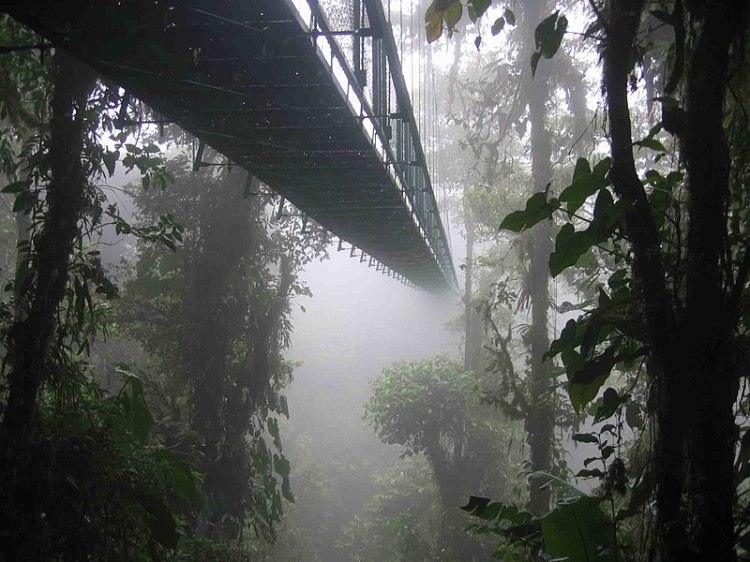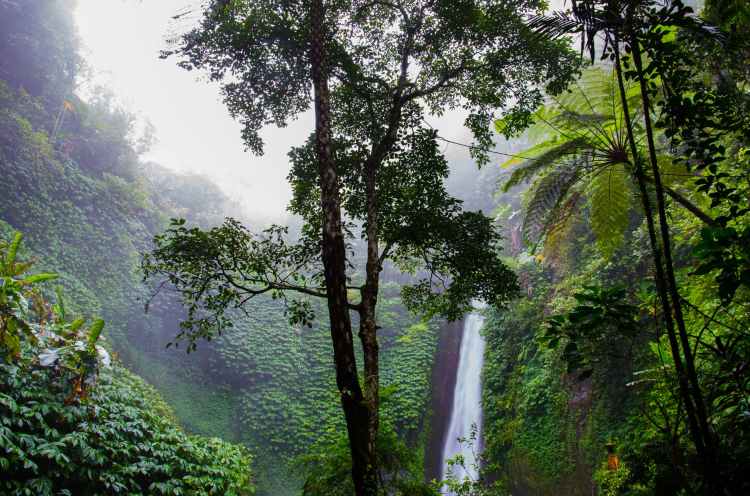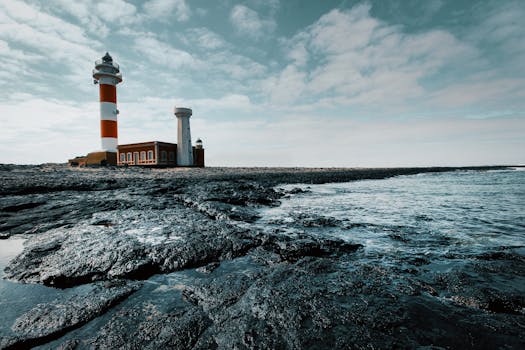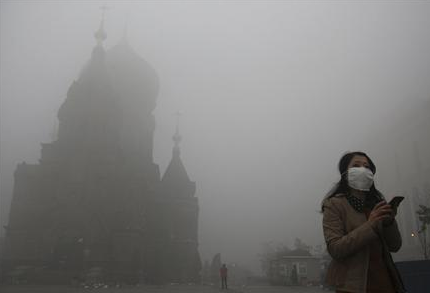Tropical dry forest
Tropical Dry Forest
Climate
Temperatures are high all year, but there is a better-developed dry season than in the tropical rain forest. Evapotranspiration exceeds precipitation for enough of the year to have a significant effect on the vegetation. Edaphic conditions (dryer, better-drained soil) may produce this vegetation type in the rain-forest zone.
Soils
Soils are essentially like those of tropical rain forests, with the same processes.
Vegetation
The deciduousness of most tree species is a significant difference from the tropical rain forest. Many evergreen tree species of the rain forest become deciduous in this zone. Growing conditions are not so optimal, thus the tree canopy is lower (10-30m) than in the tropical rain forest and the trees less dense where drought is more extreme. The undergrowth is often dense and tangled because of greater light penetration. Lianas are much less common than in the rain forest, not such an important growth form where light is less limiting and also perhaps highly susceptible to desiccation. Drought-resistant epiphytes (orchids, bromeliads and cacti) may be abundant. The trees have thicker, more ridged, bark; deeper roots without buttresses; much more variable leaves, including many compound-leaved legumes; and more species with thorns.
Diversity
Species diversity is invariably lower than in nearby tropical rain forests. Environmental stress increases with instability (seasonality) of the environment, and fewer plants and animals can generate homeostatic mechanisms (for internal stability) to cope. There is still relatively high diversity on a world scale, but most of the taxonomic groups in the dry forest are less diverse than in the rain forest. Dry forest is important as habitat for migratory birds in their nonbreeding season (Central America, India).
Plant Adaptations
Trees have thicker bark (antifire adaptation), thicker and smaller leaves (antidesiccation adaptation), thorns (antiherbivore adaptation), longer roots (to reach deeper water table), and other features along a gradient toward the well-developed drought adaptations of woody plants of the savanna and desert zones (which see).
Animal Adaptations
With more spaces between trees, larger mammals are more prominent in this environment. There is more seasonality in reproductive cycles, timed with rains in most groups. In motile species, migration may occur in the dry season to wetter environments, including nearby rain forest, gallery forest, and wet bottomlands.
Human Effects
The high productivity during the rainy season, coupled with relief from rains during the dry season, makes this a favorable environment for humans and domestic stock, so much of the zone has been cleared and developed for pastureland as well as agriculture. Dry forests vary from largely extirpated to still extensive, depending on the geographic region, but in some regions they are more endangered than rain forests.





























